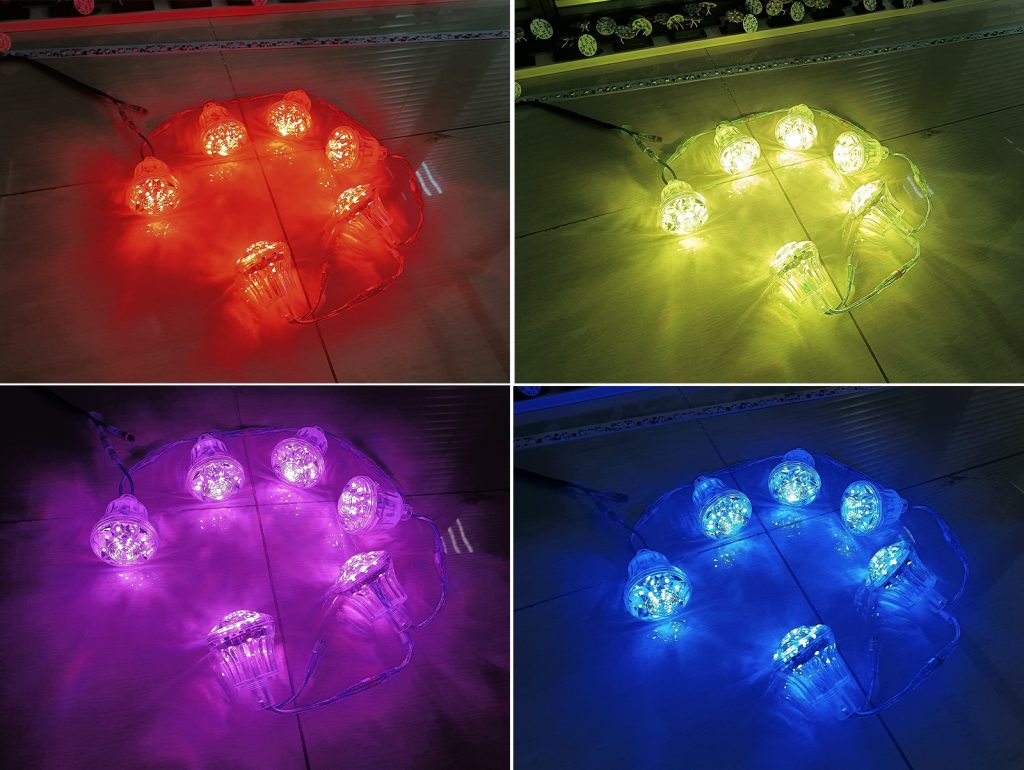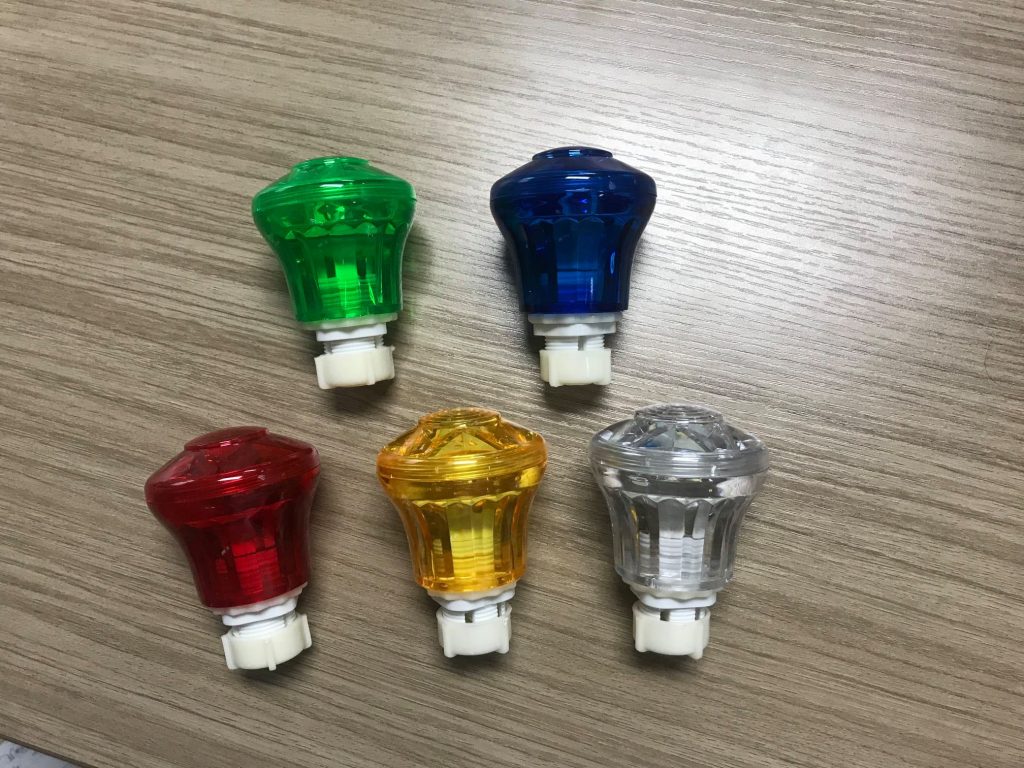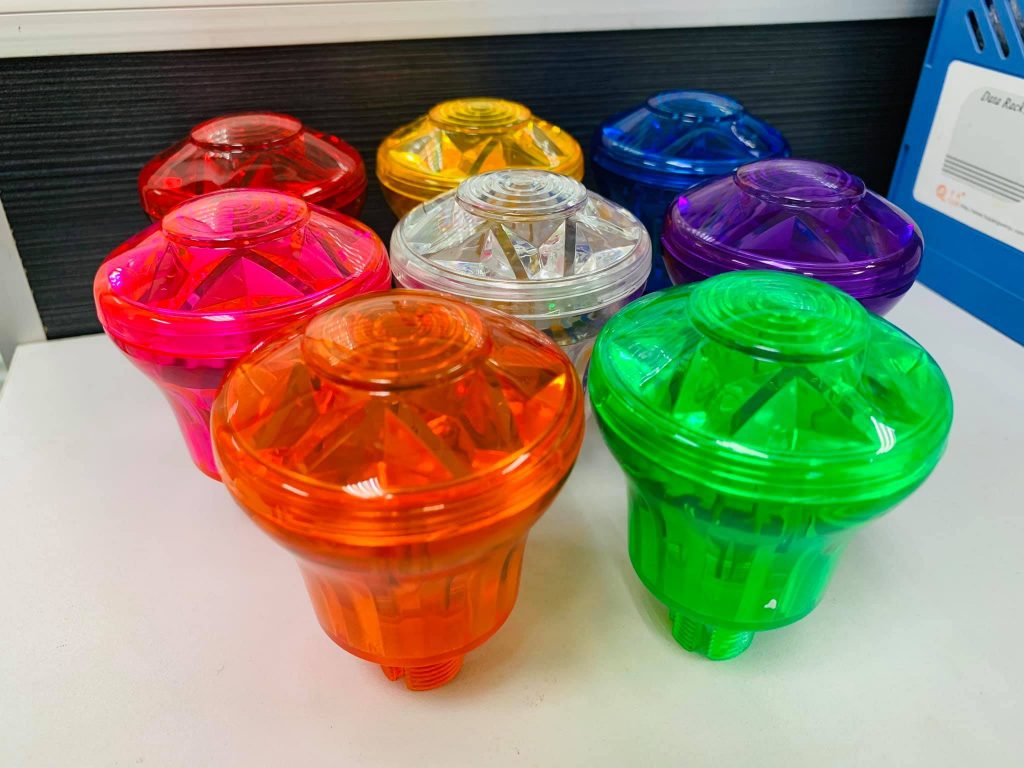What materials are used in amusement light housing?
The materials used for the housing of amusement lights vary, depending on factors such as the design of the light, the environment in which it is used, and the cost budget. Here are some common materials for the housing of amusement lights:
Plastics:
- PVC: It has transparency and UV resistance, and is often used to make transparent or translucent amusement light shells, providing good visual effects.
- Polycarbonate (PC): It has excellent transparency, high temperature resistance and impact resistance, and is suitable for making high-quality and durable amusement light shells.
- Polypropylene (PP): It has a relatively low price and has good chemical resistance, heat resistance and mechanical strength. It is suitable for some amusement light shells that require waterproof and dustproof functions.
Metal:
Metal materials such as galvanized steel or iron have high strength and durability, can withstand heavy use and weight, and are often used to make lamp shells in large amusement facilities, providing stable support and protection.
Fiberglass:
Fiberglass is lightweight, durable, corrosion-resistant, and has high plasticity, which can achieve a variety of creative shapes. It also has good UV resistance and is suitable for amusement light shells in outdoor environments.
Which material is used most in amusement light housing?
Among the material choices for amusement light housing, plastic is one of the most used materials. This is mainly because plastic has a variety of advantages that make it an ideal choice for amusement light housing:
- Lightness: Plastic is relatively light, easy to install and transport, and reduces installation costs and time.
- Durability: The plastic shell can well protect the internal LED lamp beads and electronic components from damage by the external environment. At the same time, the plastic material also has certain impact resistance and wear resistance, which prolongs the service life of the amusement light.
- Easy to process: Plastic is easy to process and shape, and amusement light shells of various shapes and sizes can be made to meet different design requirements.
- Cost-effectiveness: The cost of plastic materials is relatively low, which helps to reduce the overall cost of amusement lights and make them more economical.
- Colorful: Plastic shells can achieve a variety of colors and textures through processes such as spraying and dyeing to meet the different aesthetic needs of consumers.
In addition, plastic materials have also undergone strict safety testing to ensure compliance with relevant standards, thereby ensuring the safety of children during play. Therefore, in amusement facilities, especially children’s amusement equipment, plastic amusement light housing have been widely used.
Although materials such as metal and fiberglass are also used in the production of amusement light housing, plastic has become the most commonly used material due to its many advantages.
















